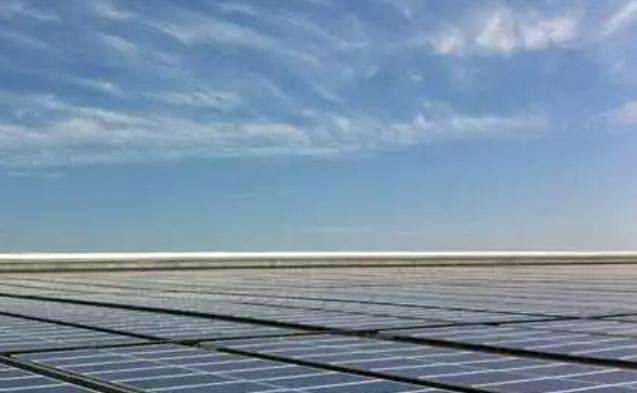Layout of wire rope anchor: The anchor adopts steel wire rope anchor, with a length of 2≈3m, with vertical and horizontal standard spacing, and the row spacing is 4 .5m × 4.5m. The anchor holes must be arranged at the natural bottom. -sleeping areas as much as possible. For this reason, anchors can be Standard post spacing is adjusted by approximately 0.3m to ensure the system is as close to the rock surface as possible, fixed anchors can be added in certain areas; areas as needed.
Add the length of the anchor rod to 3 m; the head of the anchor rod hole should be as perpendicular to the rock surface as possible: the vertical and horizontal support ropes pass through the rings of the. wire rope anchor rods along the path and are tensioned with a tight wire hoist until they no longer feel loose, secure the twox ends with cable ties. To prevent the support rope from being difficult to tension, for large vertical and horizontal slopes, each support rope can be divided into sections of approximately 30 m.
Thermal steel wire mesh: The wire mesh should cover the entire protection area. The overlap width between mesh blocks should not be less than 5 cm. Metal ties should be used between trellis blocks and between trellis blocks and support ropes. . Steel cable net: Every four adjacent steel cable anchors form a rectangular net suspension unit in which a steel wire net is laid. The edge of the net block and the support cable are connected by stitching and tension.
The construction and installation method is to remove pumice and debris in the slope protection area and drill aconcave hole with a depth at least equal to the length of the exposed ring of the anchor rod at each hole position. The general diameter is 20cm, 20cm deep. Drill the anchor hole to the intended depth and clean the hole. The depth of the hole should be 5-10cm greater than the designed anchor length, and the diameter of the hole should not be less than. Φ42; when restricted by rock drilling equipment.














